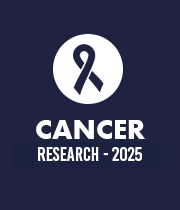Title : Mortality and incidence disparities in breast cancer: Socioeconomic influences across ethnic groups
Abstract:
Breast cancer is the second leading cause of cancer deaths among women in the U.S., with over 42,000 deaths expected in 2024. Socioeconomic status (SES) affects access to preventive care, treatment quality, and healthcare costs, particularly for racial and ethnic minorities. This study reviews how SES acts as a social determinant of health, influencing breast cancer incidence and mortality in U.S. women. We conducted a systematic review using the AI tool Elicit and databases like PubMed, NIH and Google Scholar, focusing on studies from 2020 to 2025. Our analysis included clinical trials, cohort studies, and case-control studies on breast cancer outcomes in U.S. women under 30. Our results indicate that African American women face the highest rates of breast cancer incidence and mortality compared to Hispanic, White and Asian women, which may be largely due to financial barriers. Low SES often leads to limited access to healthcare, late-stage diagnoses, and gaps in insurance coverage, further contributing to higher incidence and mortality rates. Statistical analyses from SEER and State Cancer Profiles show significant racial disparities in diagnosis and survival rates, highlighting the urgent need for targeted interventions. To address disparities in breast cancer outcomes, a multifaceted approach is needed, including improved healthcare access and policy interventions to lessen financial and systemic barriers. Future research should prioritize comprehensive data on minority populations, incorporating genetic, environmental, and psychosocial factors. Our findings highlight the necessity of addressing healthcare inequities to reduce racial disparities in breast cancer mortality and enhance health outcomes for underserved communities.


